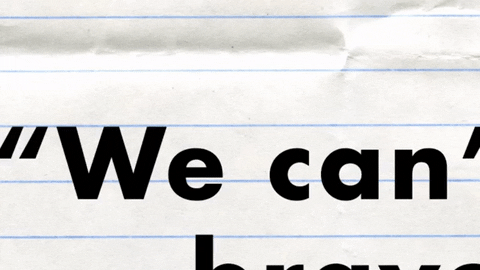This article originally appeared on 11.02.21.
The Kaalink is a small cylindrical filter that attaches to a vehicle's exhaust tailpipe and collects carbon soot, which Graviky then turns into ink. The device is reusable and filters "between 85-95%" of soot emissions. While the filter doesn't stop CO2 gas from entering the atmosphere, the soot it does capture would otherwise be a highly dangerous environmental pollutant. That pollutant, called PM 2.5, can cause serious health problems like asthma and lung disease. Graviky Labs' entire process, from manufacturing the Kaalink, collecting and processing the soot, and producing the black ink, is carbon-neutral. Each 30 milliliter bottle of Air-Ink is equivalent to approximately 45 minutes worth of vehicular soot emissions.
In terms of improving air quality, Air-Ink can't compete with the improved technology that more recent cars use to combat pollution, but it can be applied to millions of older vehicles, especially in developing countries where pollution ordinances "are rare—or rarely enforced." According to Anirudh, "Pollution is nothing but resources we're not harvesting. We allow them to disperse because we've been ignorant of their value." Air-Ink may not be a cure-all for climate change, but Anirudh is hoping it's just one of many ways to start using pollution productively: "It's a start, and it can inspire several others to start looking at new forms of waste that are lying outside, unutilized."
















 Visualization of a black holeImage via Canva
Visualization of a black holeImage via Canva

 Speaking in public is still one the most common fears among people.Photo credit: Canva
Speaking in public is still one the most common fears among people.Photo credit: Canva muhammad ali quote GIF by SoulPancake
muhammad ali quote GIF by SoulPancake

 Let us all bow before Gary, the Internet's most adventurous feline. Photo credit: James Eastham
Let us all bow before Gary, the Internet's most adventurous feline. Photo credit: James Eastham Gary the Cat enjoys some paddling. Photo credit: James Eastham
Gary the Cat enjoys some paddling. Photo credit: James Eastham James and Gary chat with Ryan Reed and Tony Photo credit: Ryan Reed
James and Gary chat with Ryan Reed and Tony Photo credit: Ryan Reed
